Top grain marketing tips ahead of harvest
Have a strategy – having a strategy which includes a budget price and takes into account your historical average yields, cost of production and risk attitude is a solid starting point. Ensure you account for cash flow requirements and storage constraints as this will mean you have an idea of how much to sell when those seasonal pricing opportunities emerge.
Avoid selling at harvest – this not always possible and sometimes you have to accept this is down to better than expected yields (never a bad thing), or using your storage for other commercial opportunities. However, historically harvest is often the worst time to sell, yet every year it is the busiest time of year where most grain is priced.
Follow the markets – find a reliable source of independent information and keep up to speed on what is happening in the global market. There is no such things as a bad decision if it was made based on rigorous analysis and fully justified. You won’t always get it right (nobody can predict droughts) but understanding long term supply and demand trends will keep you ahead of the pack. Not everything your read on Twitter is true or relevant to your market find out more
Separate out premiums and base prices – when you forward price milling wheat you can price the feed base and leave the milling premium exposed. This means you can de risk the most significant part of the contract whilst retaining some exposure. Useful if feed prices are high, but premiums are low ahead of harvest.
Avoid becoming emotionally attached to your grain – the market does not consider what it cost you to produce or store the grain. If prices are below your cost of production, it does not mean they will certainly recover, eventually they will, but not necessarily in your marketing window. Markets are driven by global forces and seasonality has been reduced – wheat is being harvested somewhere in the world in almost every month!
Don’t be greedy – greed is any traders biggest downfall and everyone has at some stage fallen victim to waiting that extra few days for £2/t rise only to be selling at £5/t discount. Have a strategy with clear target prices and stick to them in order to avoid this.
Know your market – try and find out who the buyer is and what specifications they require before you move your grain, this will reduce the risk of costly rejections or deductions and give you chance to find an alternative home if required, knowing your local market will aid future planting decisions.
Keep a clear record – Start a spreadsheet and record all your sales including the date you sold, price, movement period, futures price (if applicable), base price and premium. This will allow you to benchmark and record results more accurately.
Storing unpriced grain is not risk free – storing because you have storage available is not always the best solution. Markets will sometimes not pay you to store or you may be missing out on other opportunities by storing grain. Storing unpriced grain is ultimately speculation that prices will rise and this can be done with other tools such as ‘call options’ without market or phytosanitary risks. learn about options
Understand the tools available– knowing about basis, call and put options, hedging, futures, is key. After all, knowledge is power. Having this knowledge does not mean you need to trade these tools all the time, but when the situation appears, you will be able to act (register interest in a course) as well as negotiate more effectively. book onto a course
In-store grain conditions – Bugs, high moisture content and hot spots are a significant threat to grain in stores. Regular moisture content and temperature checks are essential to keep ahead of potential problems.. A claim for moisture or bug infestation can immediately eliminate any premium or good sale price that you have achieved. Having good records of the condition of crops in store can also act as a back up if there are problems at the destination. It is also very important to ensure that your moisture meter is calibrated correctly every year.
Consider seasonality – understanding historical market moves will help you make better decisions in the future. Knowing that a spring price rally rarely lasts through to the summer is just one example.
Ask for advice – seeking independent advice is a business cost (investment), however in the long term working with an advisor that understands your business and you trust will mean you avoid the pitfalls and take advantage of opportunities without any doubts.
Contact us for more information on how we can help improve your grain marketing. (01223 608910) support@graintab.com


